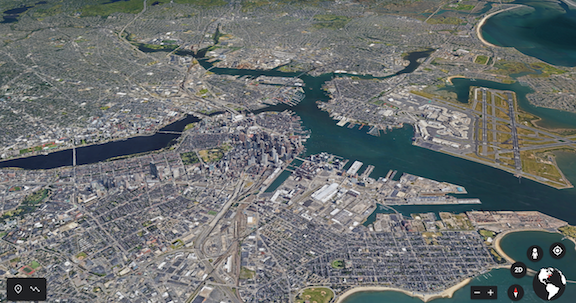
Uploaded on 2020-05-27 by Stephanie Caress
The difference between Boston and rural “Greater Boston Area” (GBA) averages vary by 1℉ (77℉ Boston/76℉ GBA in June), although city-center UHI measurements have been recorded at almost 90℉ in June. The densest part has almost 20 buildings over 500' and are at capacity, adding to concrete radiation and demanding increased need for thermal comfort. Boston is small and densely-packed. Over 45% of its workforce drives into work, adding to exhaust pollution and poor air quality. Despite being a coastal city, Boston lacks sufficient greenspace and mature tree coverage to keep temperatures at manageable levels. Additionally, building density can prevent cooling from coastal winds. Comparatively, once a few miles outside of the city, the GBA shows predominant greenspace, with height restrictions in place, along with solar and wind farms for renewable sources of energy. Immediate mitigation efforts I would implement would be encouraging green roofs, thermal cooling window coating, and limiting above-ground parking, repurposing those lots to add extensive greenspace and mature canopy coverage. In Cambridge, MA, the CDD gathered heat mapping data to evaluate the impacts and develop policy mitigation efforts, including: expand tree/vegetative cover/green walls; design cool/reflective roofing; reduce surface lots; collaborate with climate change experts.